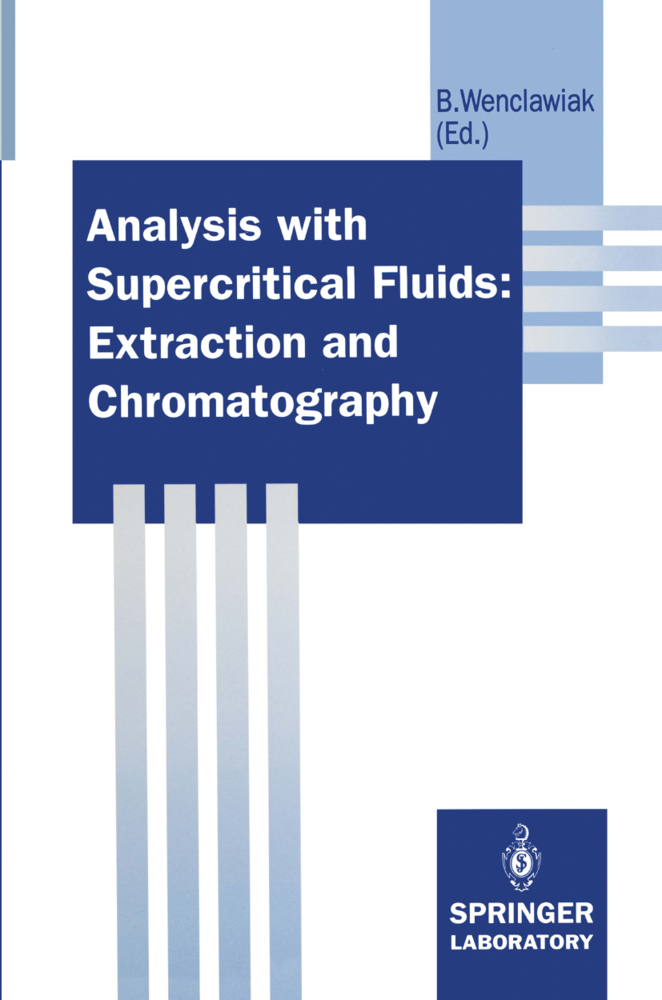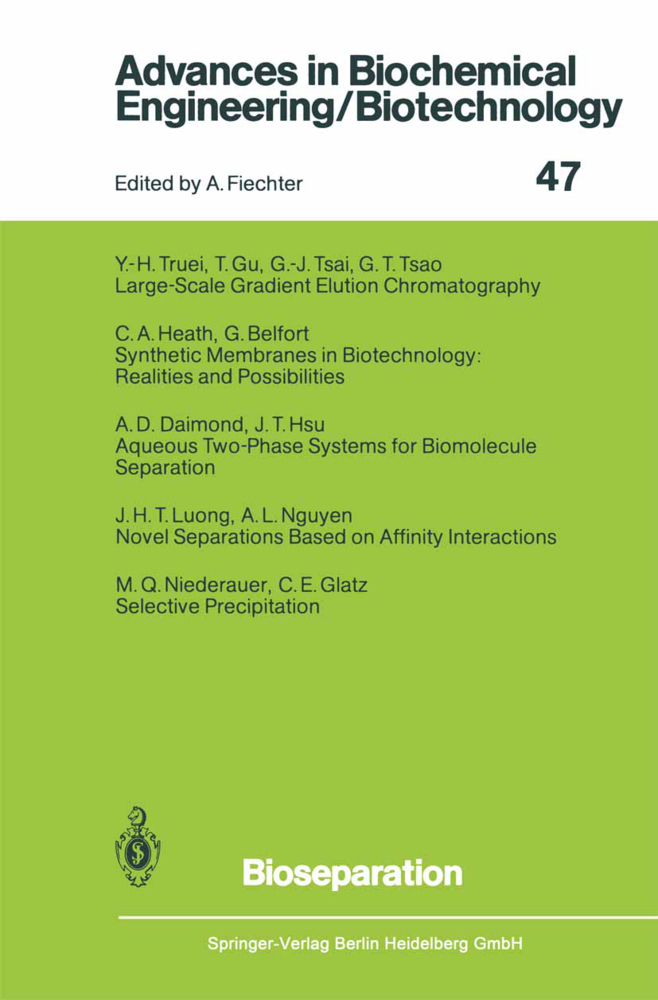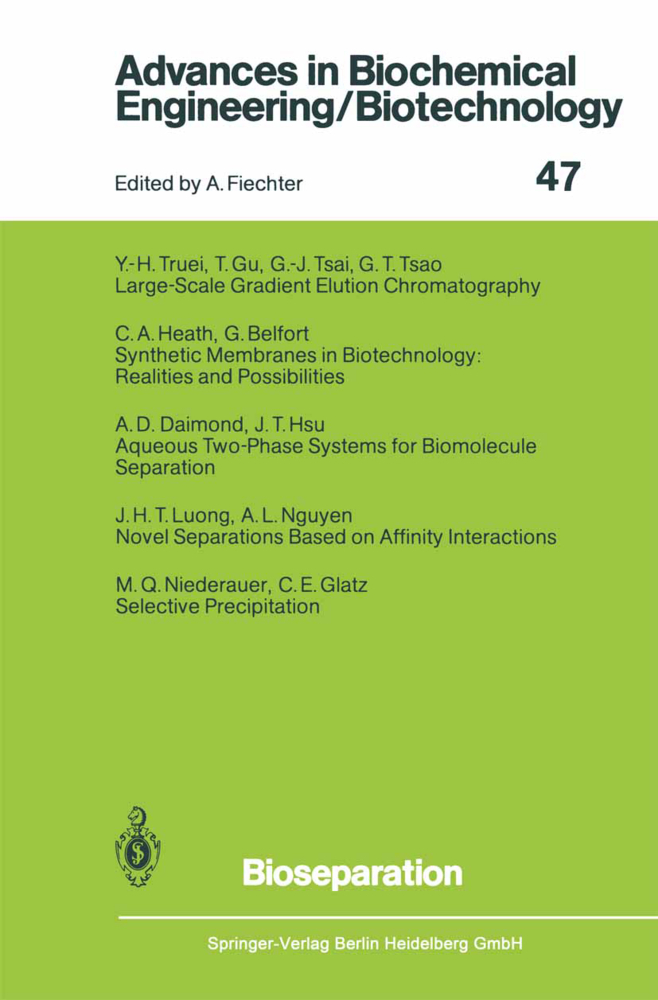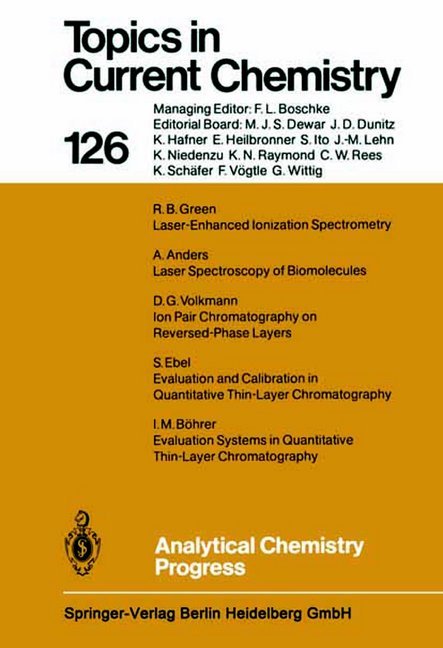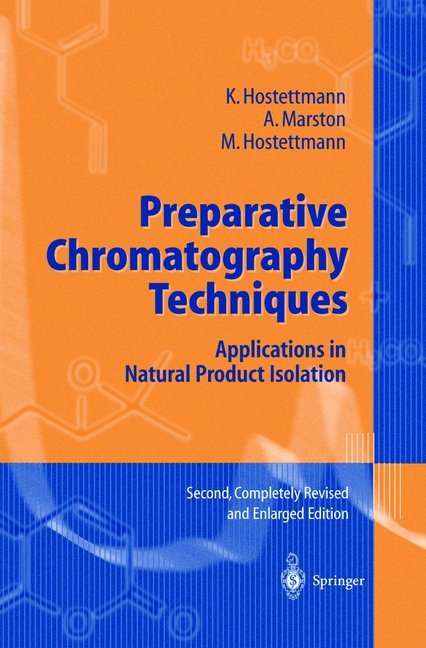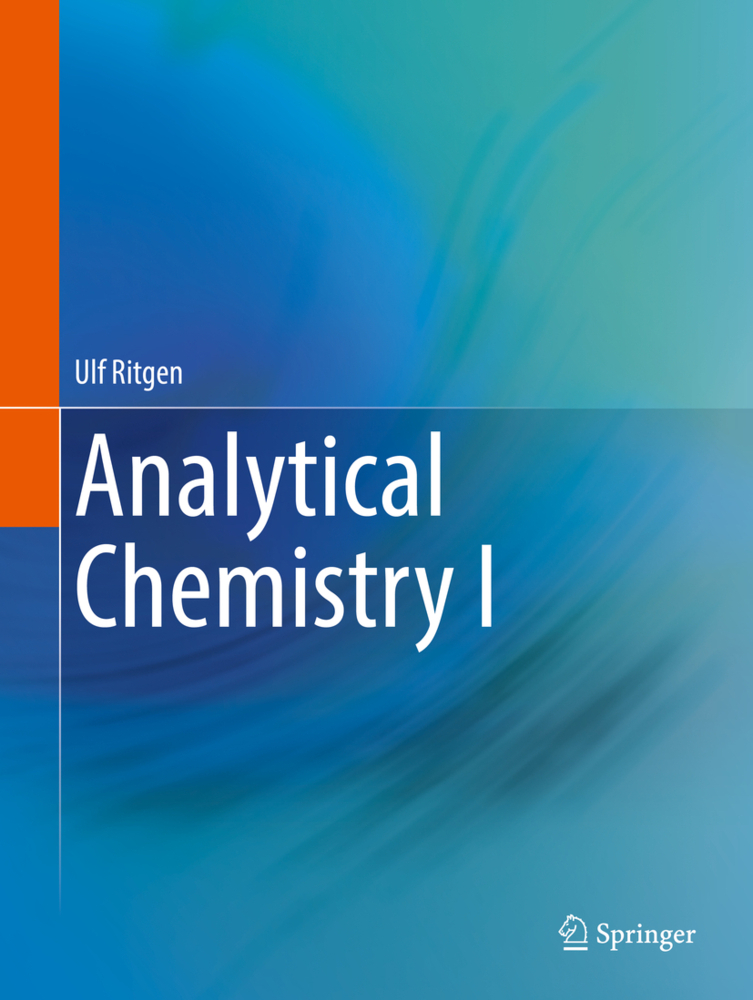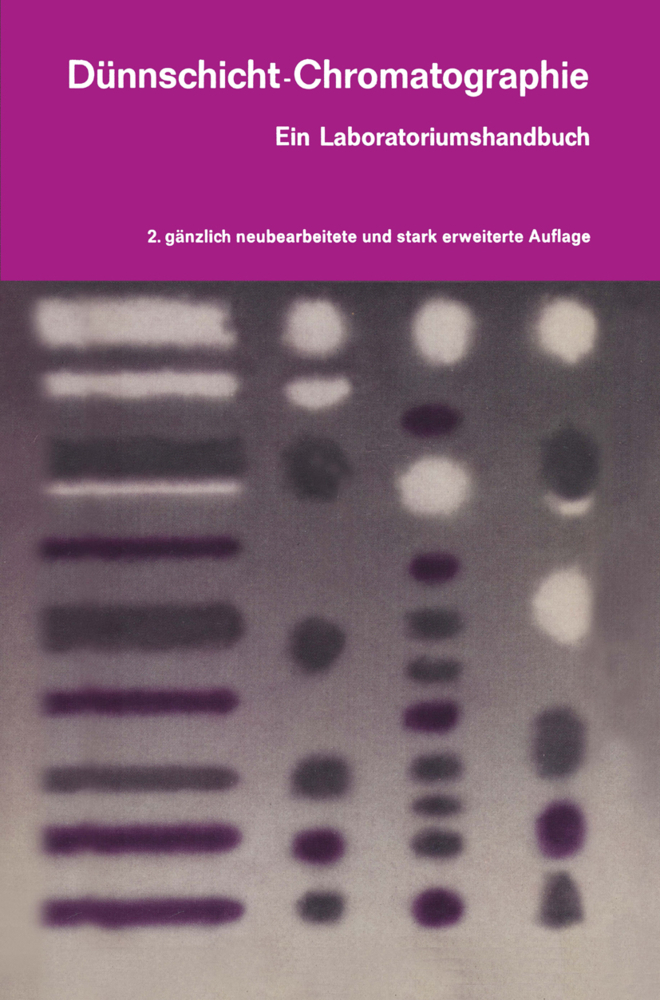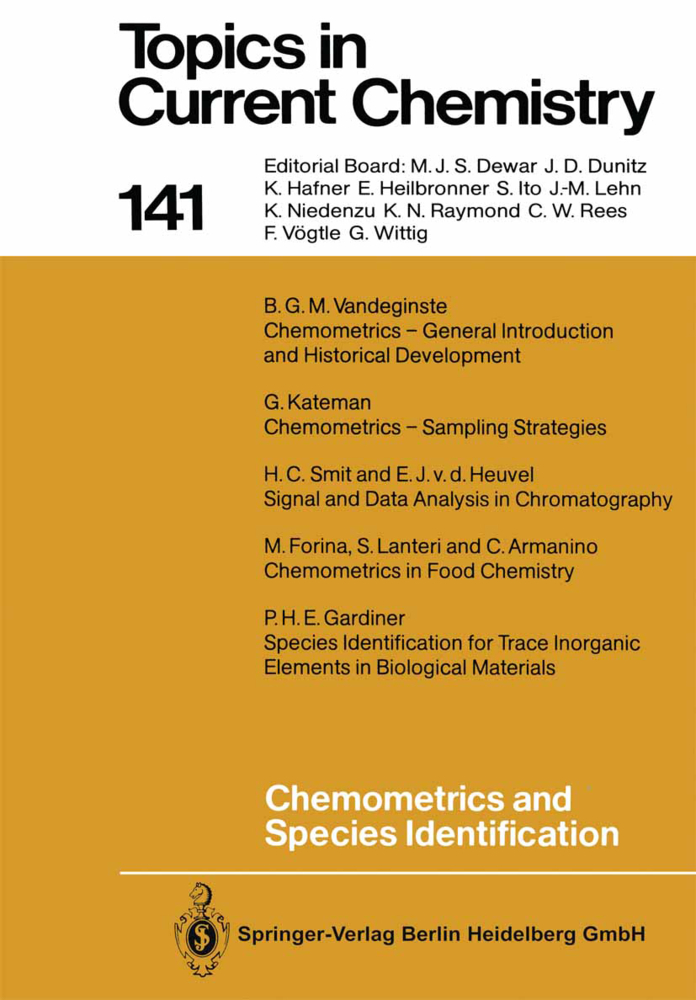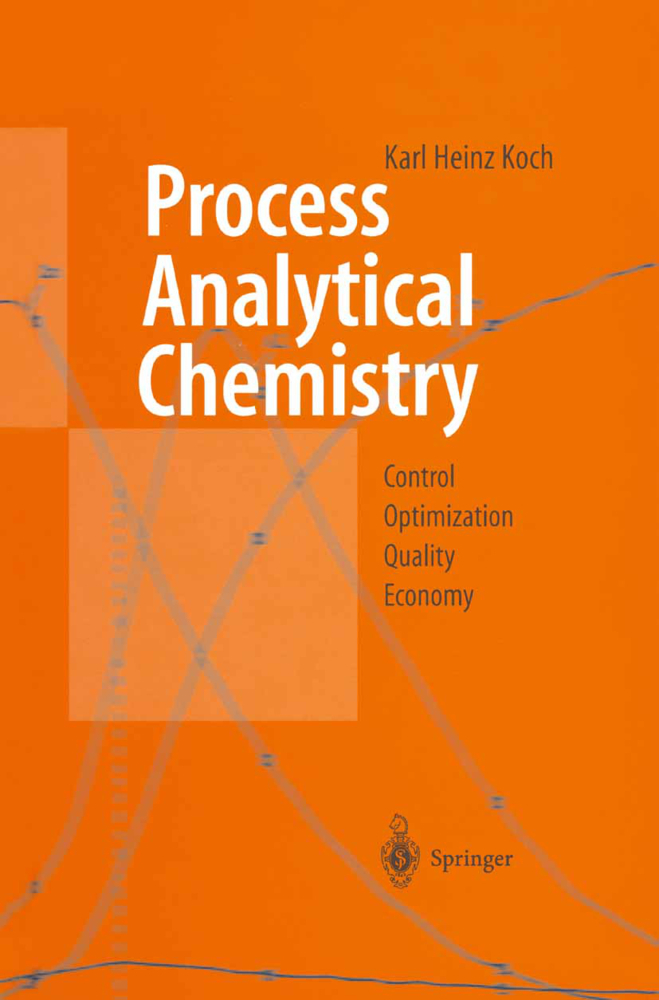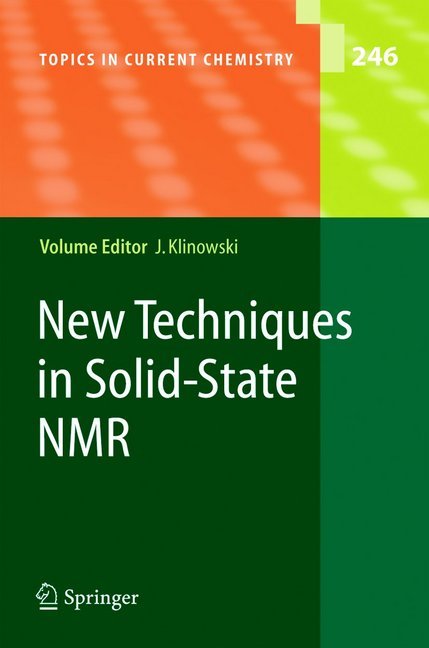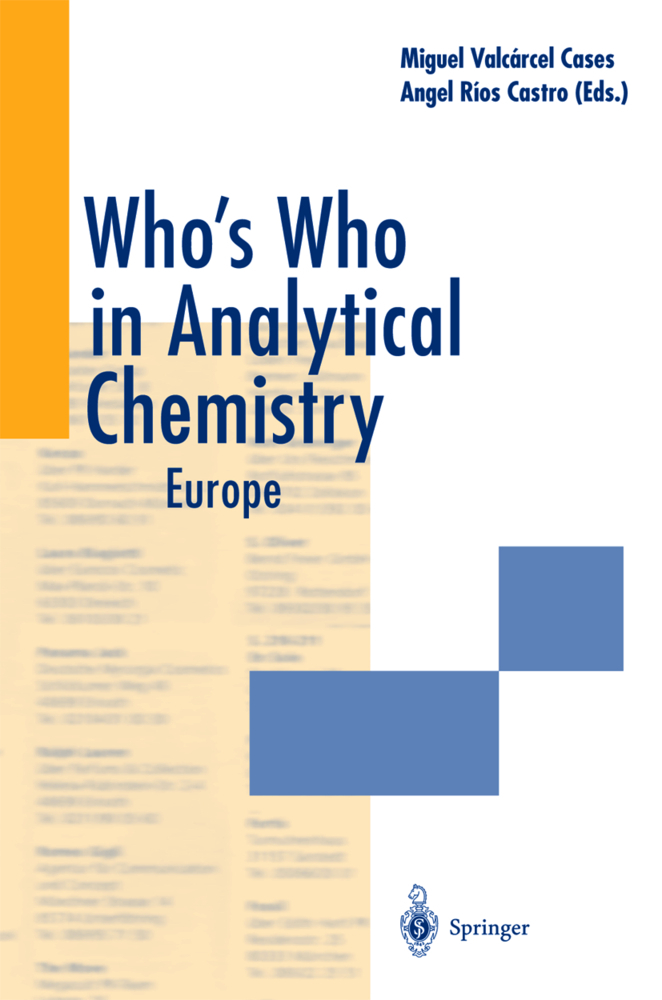Analysis with Supercritical Fluids: Extraction and Chromatography
Analysis with Supercritical Fluids: Extraction and Chromatography
The use of supercritical fluids in analytical chemistry is still grow ing. More and more analysts are discovering the favorable advan tages for a number of applications. Especially supercritical fluid extraction (SFE) has attracted a lot of interest in recent years due to its simplicity. Supercritical fluid chromatography (SFC) has become better established and the development of this technique has been accelerated by the many applications with capillary col umns which have been published in the literature. At first SFC equipment was based on instruments commonly used for liquid chromatography, and the first commercial in struments were derived from this technology. However, capillary columns can be much more easily interfaced to gas chromatogra phy equipment especially to the detectors commonly used for Oc. Many stationary phases both for packed micro columns and capillary columns have been designed for SFC purposes extending this technology to LC and OC. The most common fluid applied in SFC and SFE is carbon dioxide. The advantages of supercritical CO , such as having dif 2 fusivity like a gas and solvating power depending on temperature and pressure, are also valid for other fluids and modified fluids. Both properties are valuable for sample extraction and extraction selectivity.
2.1 Introduction
2.2 Physico-Chemical Properties of Pure Supercritical Solvents
2.3 Phase Equilibria of Fluid Mixtures
2.4 Physico-Chemical Applications of Sfc
References
3 Basic Principles of Analytical Supercritical Fluid Extraction
3.1 The Development of Analytical SFE
3.2 Fluid Properties in SFE
3.3 Optimizing Experimental Conditions For Analytical SFE
3.4 The Relevance of Sfc-Derived Data To Analytical SFE
3.5 The Practice of Analytical SFE
3.6 Sample Matrix Effects in SFE
3.7 Problems and Future Research Needs in Analytical SFE
References
4 Coupled Supercritical Fluid Extraction-Capillary Gas Chromatography (SFE-GC)
4.1 introduction
4.2 Performing SFE-GC
4.3 Abilities and Limitations of Split and On-Column SFE-GC
4.4 Summary
References
5 Gradients in SFC
5.1 Overview
5.2 Temperature Gradients
5.3 Pressure Gradients
5.4 Density Gradients
5.5 Velocity Gradients
5.6 References
6 injection Techniques in SFC
6.1 introduction
6.2 The Physical State of The Sample
6.3 introduction of Supercritical Fluid Extracts
6.4 introducing a Solution
6.5 Peak Focusing
6.6 Direct injection
6.7 Open Split (Dynamic Split) injection
6.8 Timed Split injection
6.9 Solvent Effects on Peak Shape
6.10 Solvent Venting with A Precolumn
6.11 Solvent Backflush
6.12 Solvent Venting with Gas Purging
6.13 Sample Losses in The injector
References
7 Stationary Phases For Packed Column Supercritical Fluid Chromatography
7.1 introduction
7.2 Physical Properties of Column Packings
7.3 influence of Substrate Morphology on The Properties of Chemically Bonded Phases in SFC
7.4 influence of SurfaceHeterogeneity on The Properties of Chemically Bonded Phases
7.5 Macroporous Polymeric Packings
7.6 Column Packings Used For Special Applications
7.7 Conclusions
References
8 Enantiomer Separation By Capillary Supercritical Fluid Chromatography
8.1 introduction
8.2 General Aspects
8.3 Packed Column SFC
8.4 Open Tubular Column SFC
8.5 Conclusion
References
9 Supercritical Fluid Chromatography/Mass Spectrometry
9.1 introduction
9.2 Early investigations of SFC/MS
9.3 SFC/MS Using Direct introduction interfaces
9.4 SFC/MS Using High-Flow-Rate interfaces
9.5 Supercritical Fluid injection/Mass Spectrometry
9.6 Conclusion
References
10 Supercritical Fluid Chromatography with FT-IR Detection
10.1 introduction
10.2 Flow Cell Approach
10.3 Solvent Elimination Approach
10.4 Summary
References
11 Supersonic Jet Spectroscopy with Supercritical Fluids
11.1 introduction
11.2 Supersonic Jet Spectroscopy
11.3 High Pressure Fluid injection For Nonvolatile Samples
11.4 Supercritical Fluid Chromatography and Supersonic Jet Spectroscopy
11.5 Conclusions
References
Basic References Analytical Scale SFC/SFE
Recommended Literature.
1 SFC and SFE: An Introduction for Novices
2 Physico-Chemical Principles of Supercritical Fluid Separation Processes2.1 Introduction
2.2 Physico-Chemical Properties of Pure Supercritical Solvents
2.3 Phase Equilibria of Fluid Mixtures
2.4 Physico-Chemical Applications of Sfc
References
3 Basic Principles of Analytical Supercritical Fluid Extraction
3.1 The Development of Analytical SFE
3.2 Fluid Properties in SFE
3.3 Optimizing Experimental Conditions For Analytical SFE
3.4 The Relevance of Sfc-Derived Data To Analytical SFE
3.5 The Practice of Analytical SFE
3.6 Sample Matrix Effects in SFE
3.7 Problems and Future Research Needs in Analytical SFE
References
4 Coupled Supercritical Fluid Extraction-Capillary Gas Chromatography (SFE-GC)
4.1 introduction
4.2 Performing SFE-GC
4.3 Abilities and Limitations of Split and On-Column SFE-GC
4.4 Summary
References
5 Gradients in SFC
5.1 Overview
5.2 Temperature Gradients
5.3 Pressure Gradients
5.4 Density Gradients
5.5 Velocity Gradients
5.6 References
6 injection Techniques in SFC
6.1 introduction
6.2 The Physical State of The Sample
6.3 introduction of Supercritical Fluid Extracts
6.4 introducing a Solution
6.5 Peak Focusing
6.6 Direct injection
6.7 Open Split (Dynamic Split) injection
6.8 Timed Split injection
6.9 Solvent Effects on Peak Shape
6.10 Solvent Venting with A Precolumn
6.11 Solvent Backflush
6.12 Solvent Venting with Gas Purging
6.13 Sample Losses in The injector
References
7 Stationary Phases For Packed Column Supercritical Fluid Chromatography
7.1 introduction
7.2 Physical Properties of Column Packings
7.3 influence of Substrate Morphology on The Properties of Chemically Bonded Phases in SFC
7.4 influence of SurfaceHeterogeneity on The Properties of Chemically Bonded Phases
7.5 Macroporous Polymeric Packings
7.6 Column Packings Used For Special Applications
7.7 Conclusions
References
8 Enantiomer Separation By Capillary Supercritical Fluid Chromatography
8.1 introduction
8.2 General Aspects
8.3 Packed Column SFC
8.4 Open Tubular Column SFC
8.5 Conclusion
References
9 Supercritical Fluid Chromatography/Mass Spectrometry
9.1 introduction
9.2 Early investigations of SFC/MS
9.3 SFC/MS Using Direct introduction interfaces
9.4 SFC/MS Using High-Flow-Rate interfaces
9.5 Supercritical Fluid injection/Mass Spectrometry
9.6 Conclusion
References
10 Supercritical Fluid Chromatography with FT-IR Detection
10.1 introduction
10.2 Flow Cell Approach
10.3 Solvent Elimination Approach
10.4 Summary
References
11 Supersonic Jet Spectroscopy with Supercritical Fluids
11.1 introduction
11.2 Supersonic Jet Spectroscopy
11.3 High Pressure Fluid injection For Nonvolatile Samples
11.4 Supercritical Fluid Chromatography and Supersonic Jet Spectroscopy
11.5 Conclusions
References
Basic References Analytical Scale SFC/SFE
Recommended Literature.
Wenclawiak, Bernd
| ISBN | 978-3-642-77476-8 |
|---|---|
| Artikelnummer | 9783642774768 |
| Medientyp | Buch |
| Auflage | Softcover reprint of the original 1st ed. 1992 |
| Copyrightjahr | 2011 |
| Verlag | Springer, Berlin |
| Umfang | XIV, 214 Seiten |
| Abbildungen | XIV, 214 p. |
| Sprache | Englisch |

